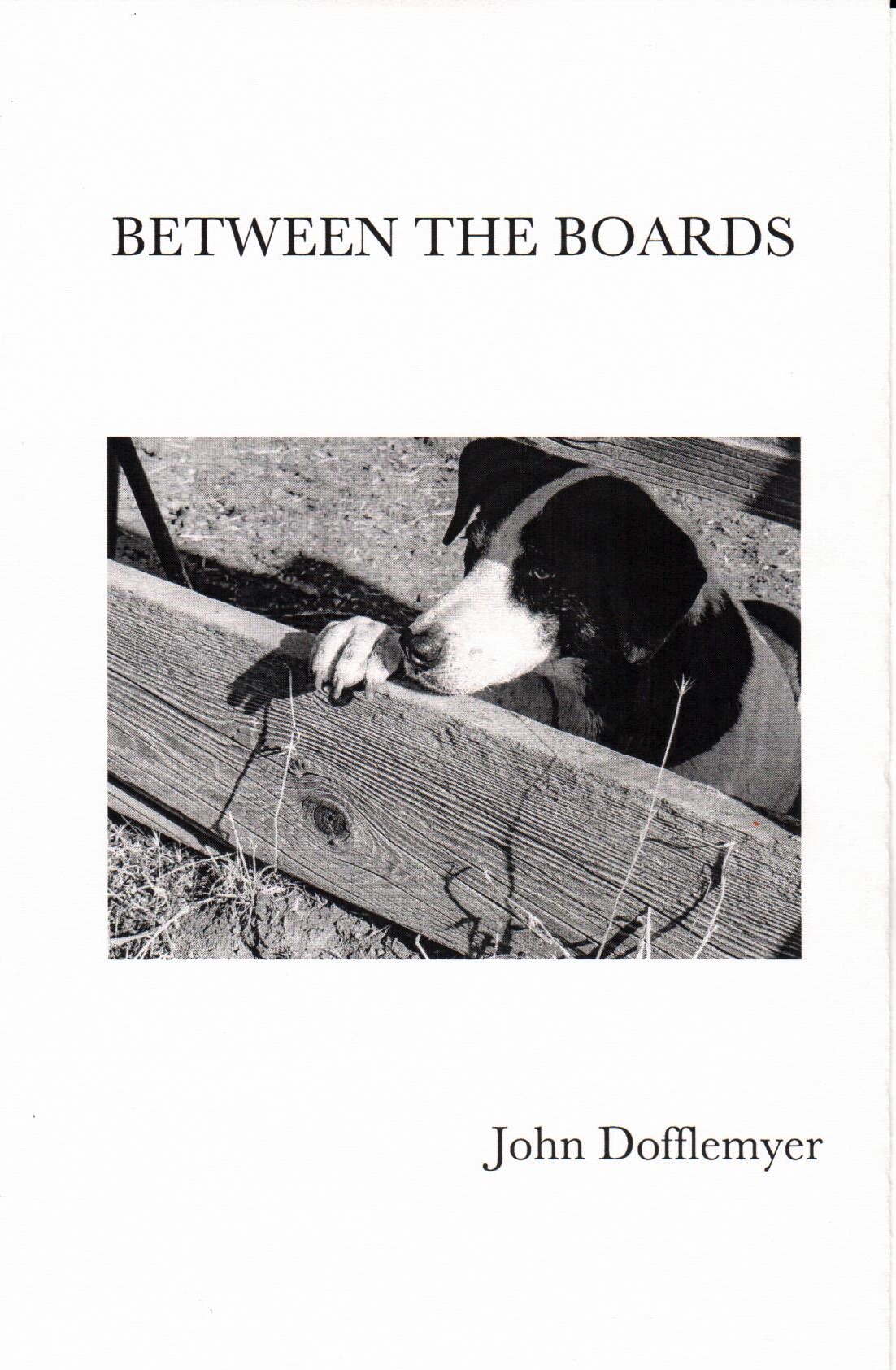For the past year, I’ve been dealing with a perpetually peeling face, that at its worst would burn and peel in three to four-day cycles, shedding skin in sheets, stay red, itch and continually sting with the heat and exposure to the sun. At its best, the cycle might take as long as a week or ten days to complete, but could occur all times of the year. Until recently, I’ve had no relief.
With dramatic improvement this past week, I’m fairly confident that we’ve finally found the cause(s) and share my odyssey in this journal with the chance that it may offer clues for someone who, like I did, might search the Internet to identify and thereby find some insight. But perhaps more importantly, I’ve loosely documented my experience as information for those who make their livings in the livestock industry.
My problems began in the summer of 2010 after processing our yearling calves during weaning that included the application of the fly control product Cylence with a leaky applicator gun on an especially hot day. Using my bandana to wipe perspiration from my face and glasses half-a-dozen times during the process, I was unintentionally applying the concentrate to my face. An hour or so after, my face was on fire. I flushed it in a cold shower for fifteen minutes to gain slight relief. The burning lasted for several days and seemed to dissipate completely in a week or ten days.
However, after any long exposure to the sun, similar, but less intense symptoms would return. I addressed this with the sunscreen Vanicream 60 SPF and bumped along the following season with occasional flare-ups and minor discomfort. My complexion is light, always susceptible to sunburn as a child at the beginning of every summer. About ten or twelve years ago, I had to exclusively wear long-sleeved shirts, because when working in a T-shirt, my arms began to swell and itch.
During the processing of our calves in the summer of 2011, I was applying Cylence once again, but with a new applicator gun, trying to keep my hands clean and much more careful with the product. We are a tough bunch, survivors of the old days and ways and not ones to wear latex gloves or other such protection. Though we’ve never had to do this in the past, today’s chemical products are much more sophisticated and complex as they address ever-adapting livestock pests.
After another burning red face, cold shower and returning symptoms, I went to the drug store to buy the highest SPF sunscreen I could find. It didn’t help my face that began to burn, peel and itch regularly. Furthermore, my hands began to itch and peel as well. I searched the Internet for some information on what might be happening to me and finally went to the doctor in December 2011 who prescribed Silver sulfadiazine for my face and Fluocinocide 0.05% ointment for my hands while referring me to a dermatologist.
With no improvement in February 2012, the dermatologist suggested discontinuing the Silver sulfadiazine and prescribed Hydrocortisone butyrate for my face, Clobetasol Propionate 0.05% for my hands and gave me a sample of Aveeno Baby 30 SPF sunscreen, explaining that it was all I needed. After exhausting the sample and unable to find Aveeno’s Baby sunscreen at the pharmacy, I purchased a tube of Aveeno Continuous Protection 30 SPF sunscreen instead. I continued my normal ranch activities with a little improvement to my hands as my face got worse. At the end of July, my dermatologist conducted a patch test as we looked for the standard allergic reactions to grass and weeds, including alfalfa. None.
On August 7, 2012, a biopsy was conducted. Results pointed to a photo allergic reaction to some topical agent. Sunscreens were at the top of the list, Aveeno Continuous Protection 30 SPF sunscreen containing three of the chemical compounds on the list. Furthermore, the antimicrobials used in veterinary medicine were also included as common photo allergic agents, such as Chlorhexidine found in the disinfectant Nolvasan, and Fenticlor found in liniments for horses. The list also included the hexachlorophenes found in Dial soap and Phiso-hex, but more importantly in the Acaricides we commonly use for dewormers and fly control, namely Permethrin, Pyrethrin, Clyfluthrin found in pour-on products like Ivermectrin and Cylence.
My conclusion, at this juncture, substantially better but not completely free of the symptoms, is that the initial culprit was the pour-on Cylence, exacerbated by Aveeno Continuous Protection 30 SPF sunscreen. Be careful with pour-ons and to avoid photo allergic reactions to sunscreen, use products with only Titanium Oxide and/or Zinc Oxide in their ingredients or consult a dermatologist.
As my father often said, ‘most people learn the hard way, but only a few from the mistakes of others.’ I truly hope you might learn from mine.













